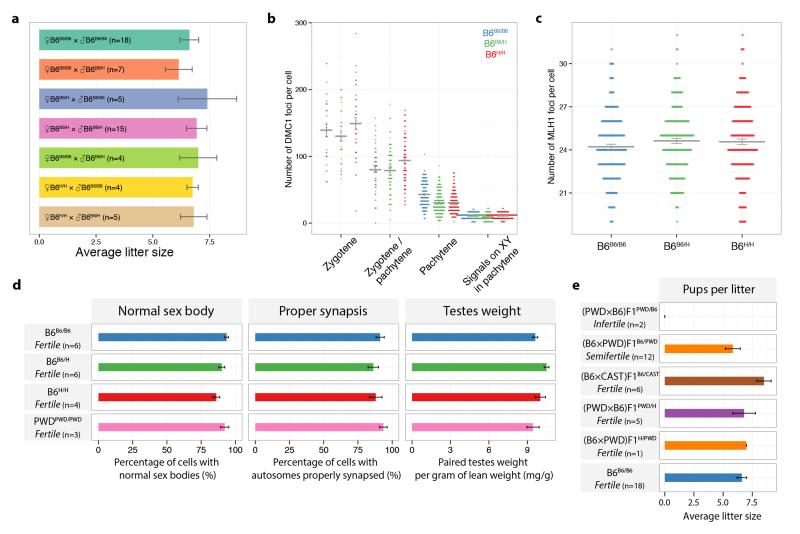Extended Data Figure 2. Effects of the humanization of the Prdm9 zinc finger domain on fertility parameters.
a, The average litter size is shown for all combinations of genotype matings. Bars: 1 SE. b, Numbers of DMC1 foci colocalising with SYCP3 immunoreactivity per cell, grouped according to meiotic stage (wild-type (B6B6/B6): n=5 mice; heterozygous (B6B6/H): n=7 mice; homozygous (B6H/H): n=6 mice; cell numbers counted: zygotene: 32, 38, 37; zygotene/pachytene: 55, 96, 90; pachytene: 188, 210, 176; signals on XY in pachytene: 188, 210, 175 for B6B6/B6, B6B6/H and B6H/H, respectively). Mean values are shown c, Number of MLH1 foci per cell in pachytene stage meiotic spreads. (B6B6/B6: n=6 mice, 180 cells; B6B6/H: n=6 mice, 185 cells; B6H/H: n=6 mice, 183 cells). Mean values are shown. d, Comparison of fertility metrics in four mice with homozygous genetic background (B6 or PWD). Across all four mice, there is no statistically significant evidence of differences in these fertility parameters (ANOVA, Bonferroni corrected p-values > 0.08). Bars: 1 SE. e, Average litter sizes in F1 crosses. Bars: 1 SE.

